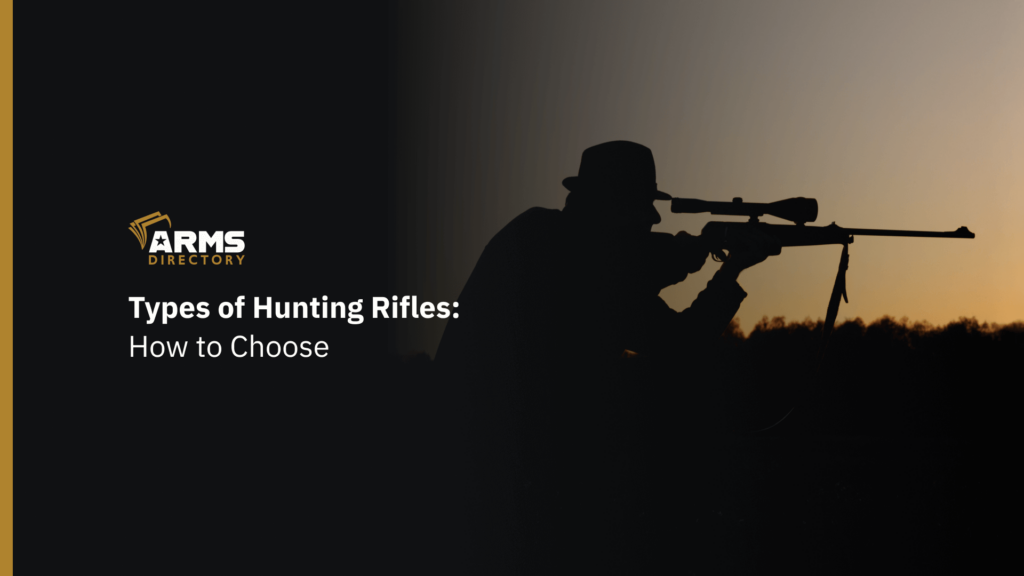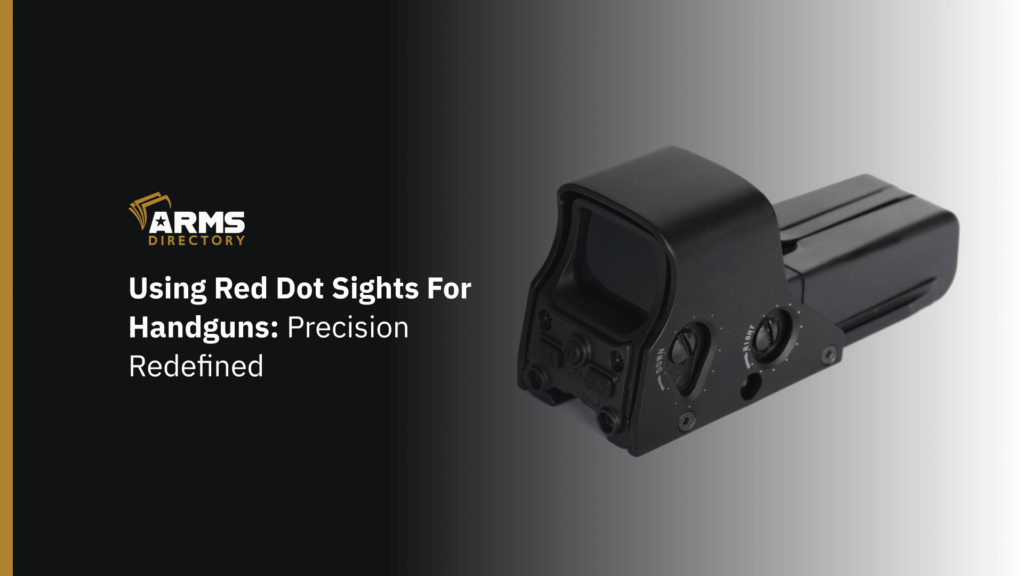
Using Red Dot Sights for Handguns: Precision Redefined
The use of red dot sights for handguns has grown in recent years, altering the way shooters approach targeting and accuracy. From competitive shooting to personal defense, these accessories can be easily installed on many handgun models, offering precision and an additional level of security in dynamic situations.
But what exactly are red dots, how do they work, and what are their main advantages and disadvantages? In this article, you will learn about them, as well as how to zero in a red dot sight, which is of utmost importance for using their potential. Keep reading.
What Is a Red Dot Sight?
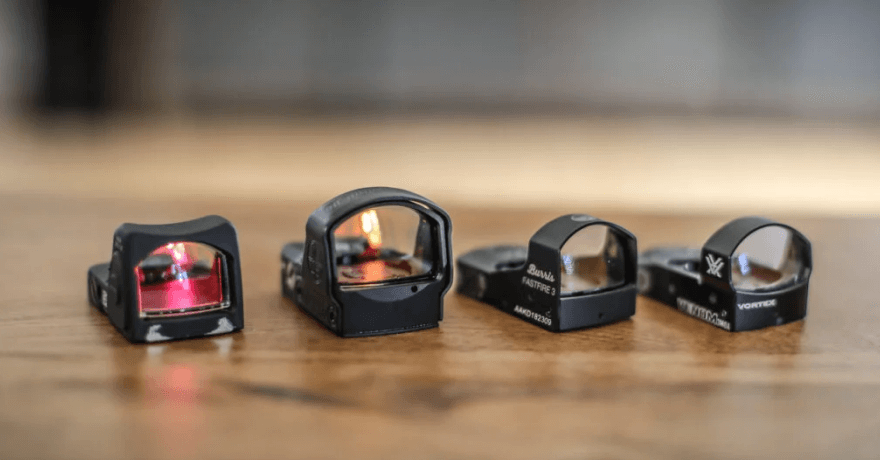
Red dot sight or RDS is an optic, designed to help shooters aim at their target by projecting a single focal plane red dot. Usually a red dot is used at closer distances around 100 yards or less.
Red dots have been around since the 1970s. However, they have only become popular with handgun users in the last 10 years with many gun manufacturers offering the easy installation of these accessories on their handguns.
The red dots are not always dots. They might be in some other shape like a larger circle, chevron, crosshair or triangle. And they are not always red, sometimes they are green.
Types of Red Dot Sights
There are two types of red dot sights:
- Standard and inexpensive reflex sights use LEDs to project a dot onto lenses.
- Holographic sights use a laser that bounces off mirrors inside a tube and doesn’t rely on lenses. These are only made for rifles.
How Does a Red Dot Sight Work?
Red Dot Sights work by projecting a bright red point onto two curved lenses. The red dot is visible in the shooter’s line of sight, allowing them to quickly spot the target.
The RDS sits above the slide and is mounted on the handgun through a dovetail mount, Picatinny rail, or other. Before use, shooters have to know how to zero in the sight. This means adjusting it so the dot aligns precisely with the point of impact when aiming at a certain distance.
The size of the aiming point is measured in units called MOA (minute of angle). MOA shows how many inches the dot will cover on a target that stands 100 yards away. For example, a 6 MOA dot will cover 6 inches at 100 yards. Smaller MOA numbers mean a smaller, more precise aiming dot. Many sights for pistols use a 6 MOA dot for easier close target acquisition.
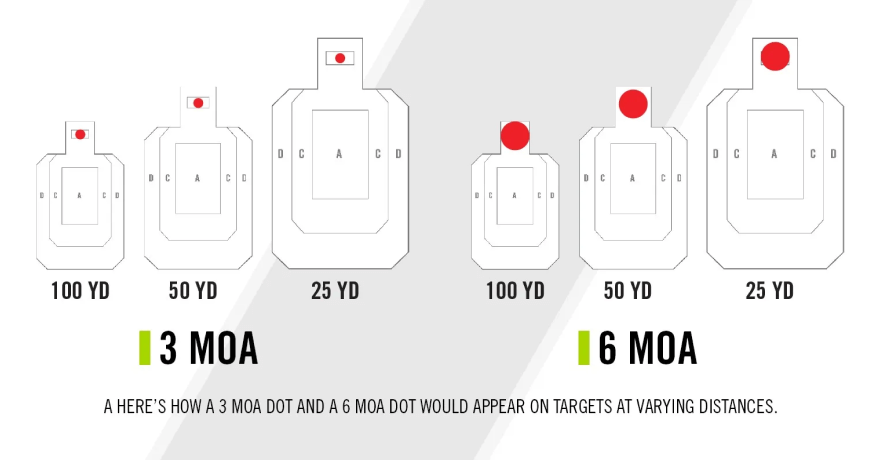
Pros and Cons of Red Dot Sights
There is a reason why red dot sights are so popular: they are quick, accurate, and easy to use (if you know how). However, they also have a few disadvantages. Let’s cover both.
Pros:
- Single focal plane: When using a red dot sight, shooters look through the dot while quickly focusing on the target, which is the reason why they’re so effective. It is natural, as the human eye tends to focus on one thing at a time, and useful when you have to fix the target quickly in stressful situations.
- Both eyes stay open: You can see much more of the target area through the sight window. Depending on how far away the target is, you can often see the entire target plus the surrounding area through that window, with just the small red dot hovering over the point where you want to aim.
- Accuracy: With proper zeroing, red dot sights offer excellent accuracy.
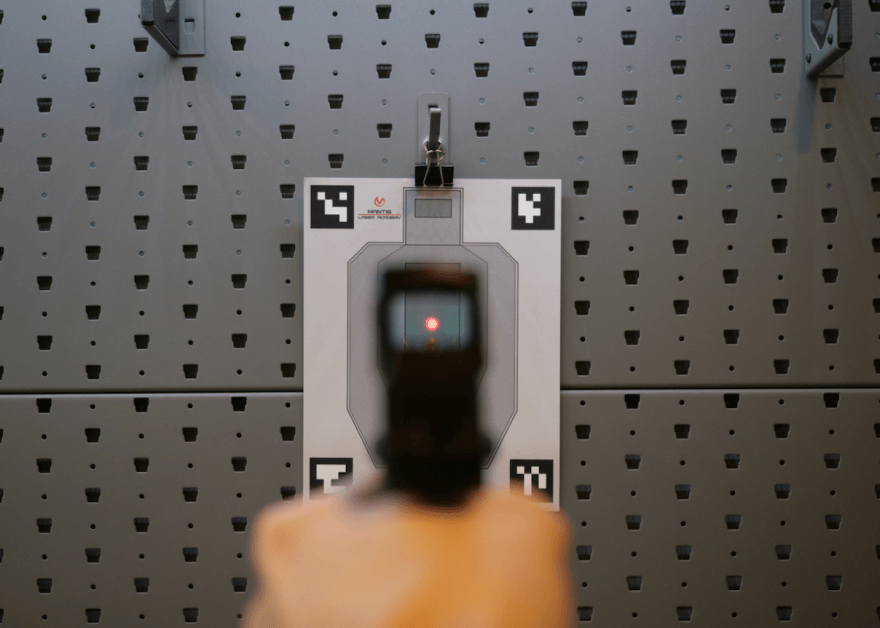
Cons:
For first-time shooters, it may seem like the dot moves when they move their head. This is called parallax – you move your head left or right from the center and the dot seems like it is also moving left or right while, in fact, it is still on the target.
However, most of today’s RDS are designed parallax-free – avoid buying older and cheaper RDS models as they might have reliability issues.
- Battery dependency: Red dots are dependable on battery life, so it might be a problem if you are in the situation without actual access to your dot.
- Fragility: The glass on red dot sights can break.
- Fogging: You might be in the situations (like temperature changes) that cause the lenses to fog up. Water and debris can damage the sight, affecting its clarity.
- Parallax at extreme angles: Although minimized, some parallax exists at extreme angles.
- Don’t offer zoom: RDS don’t offer zoom so if you need one, you have to choose other types of optics.
- Holster compatibility: Adding red dot sight might limit your holster options.
- Cost: High-quality red dot sights can be expensive.
- Need training: Transitioning from iron sights to a red dot can take time and training to adapt.
How to Sight in a Red Dot (Step by Step)
Knowing how to zero a red dot sight on your gun is the most important part of using it. Zeroing means that you align the red dot (the point of aim) with where the bullet hits the target (the point of impact). So you have to make adjustments to the red dot’s windage and elevation.
Step 1
Before you start, you’ll need a stable shooting platform like a bench, a target with a precise aiming point, and your pistol with the red dot sight installed. Set up your target at a reasonable distance (10-15 yards for handguns).
Step 2
Load the gun with a few rounds and take your time shooting a group at the center of the target. Don’t worry if your first shot isn’t perfectly centered.
Step 3
After shooting the rounds, see where your shots have impacted the target relative to your point of aim. If the group is centered, your red dot is already sighted in. If it is off-center, you’ll need to adjust the windage and elevation.
Step 4
Most red dot sights have knobs or screws labeled for windage (left/right) and elevation (up/down) adjustments. Check the instructions to define the adjustment value for each click (e.g., 1 click = 1 MOA or 1 inch at 100 yards). Turn the windage knob in the direction you want your point of impact to move horizontally. Turn the elevation knob in the direction you want your point of impact to move vertically.
Step 5
After making the adjustments, shoot another round and see the new point of impact. Repeat the process of shooting groups and making adjustments until your points of aim and impact align.
Wrap Up
In recent years, red dot sights for handguns have redefined precise shooting and become a valuable accessory, whether for sporting or self-defense reasons. If you are new to red dot sights, remember that practice is everything. Once you learn how to sight in a red dot properly, you can enjoy faster targeting and more accurate shooting. Always remember to periodically confirm your zero, as optics can shift or change over time.

![The Ultimate Shooting Accessories for Every Weapon [A 2023 Beginners Guide]](https://vault.armsdirectory.com/wp-content/uploads/2023/08/30071223/The-Ultimate-Shooting-Accessories-for-Every-Weapon-A-2023-Beginners-Guide-1024x576.png)
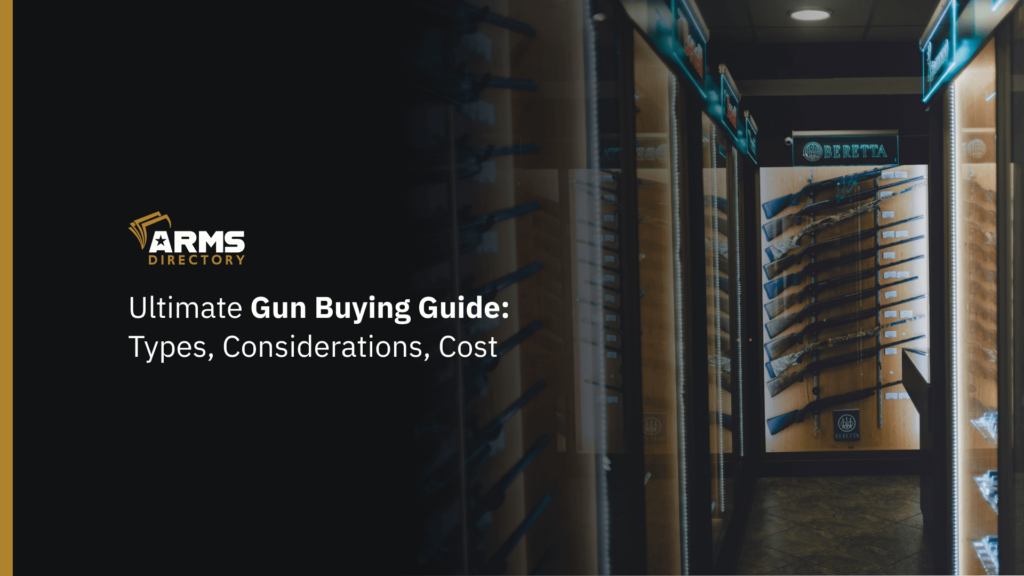
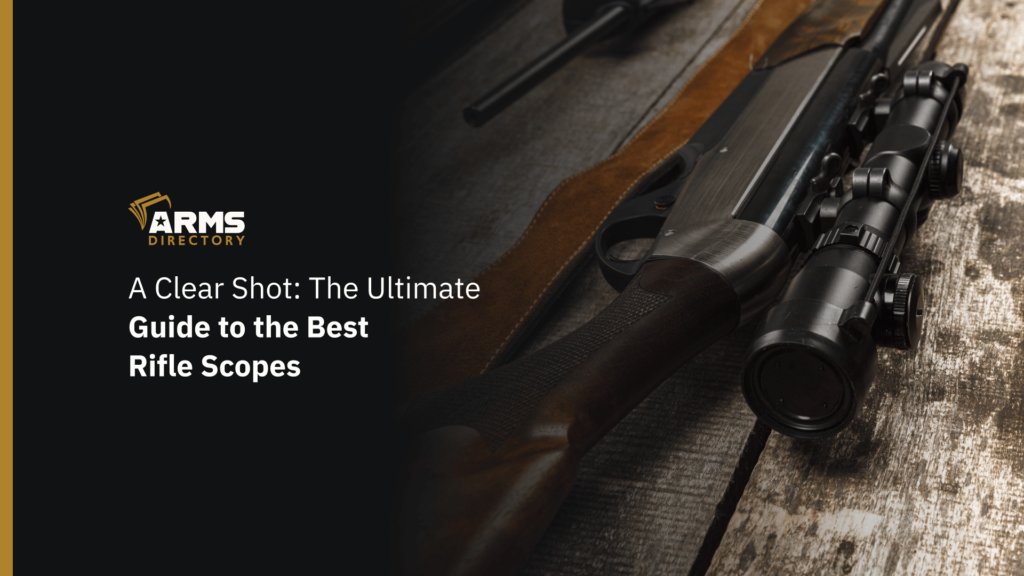
![Gun Registration Requirements by State [What You Need to Know]](https://vault.armsdirectory.com/wp-content/uploads/2023/10/27073220/Gun-Registration-Requirements-by-State-What-You-Need-to-Know-1024x576.png)
